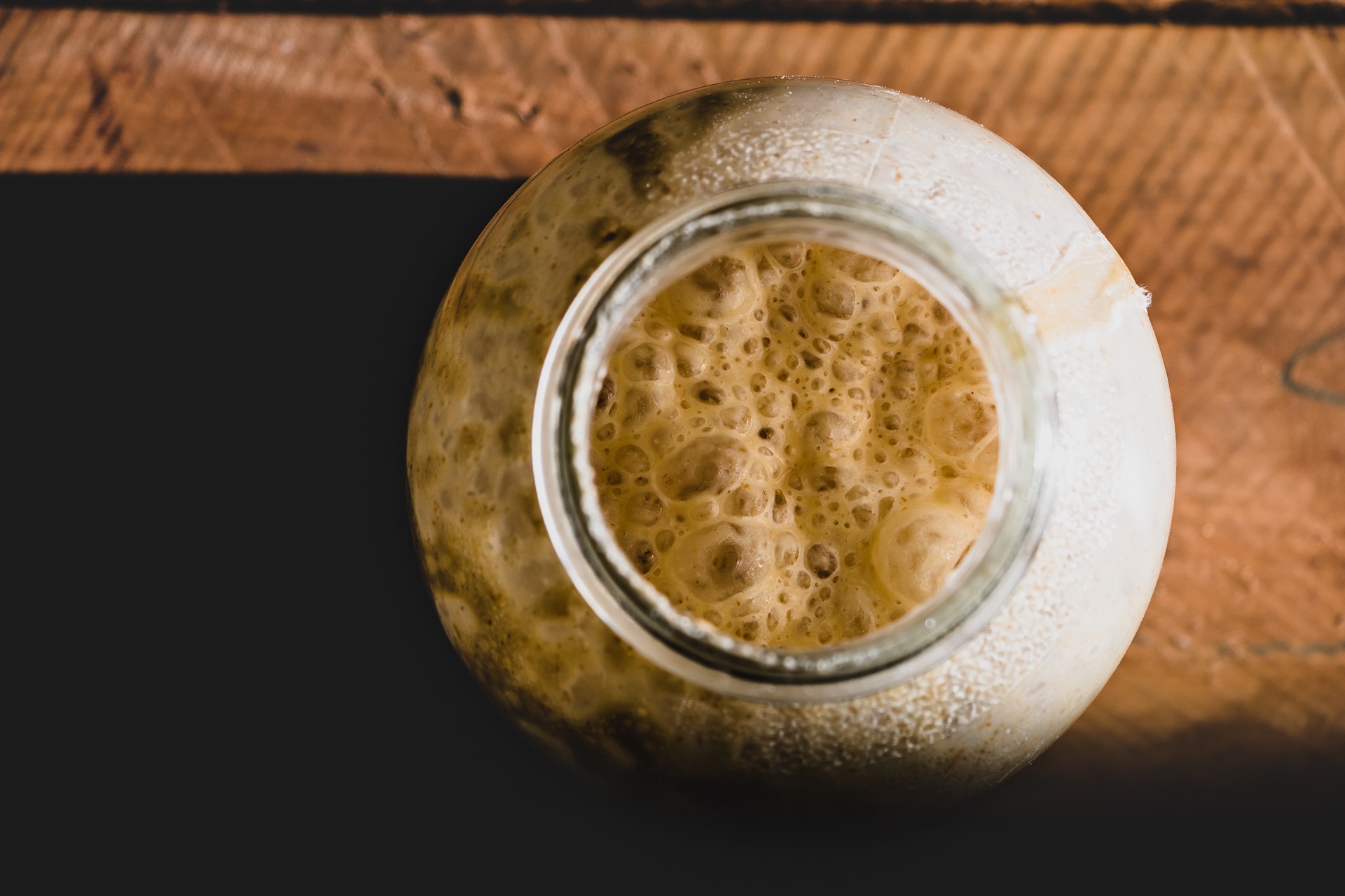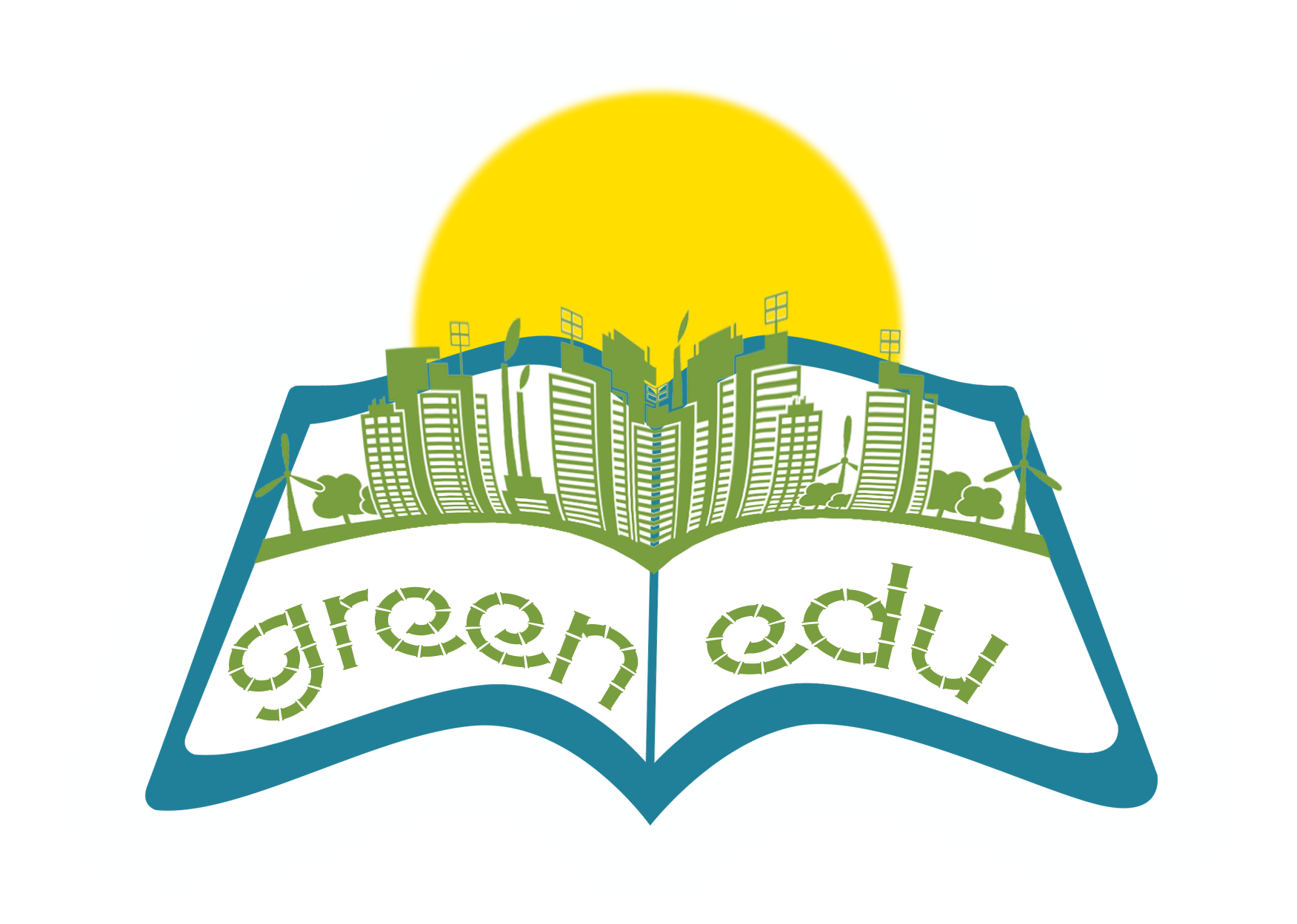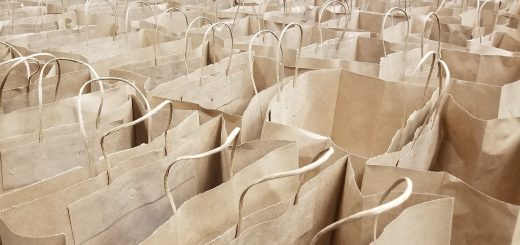Kitchen science for students. About yeast

Author: Octavian Horia Minda
Summary
Yeast is most commonly used in the kitchen to make dough rise. Have you ever watched pizza crust or a loaf of bread swell in the oven? Yeast makes the dough expand. But what is yeast exactly and how does it work? Yeast strains are actually made up of living eukaryotic microbes, meaning that they contain cells with nuclei. Being classified as fungi (the same kingdom as mushrooms), yeast is more closely related to you than plants! In this experiment we will be watching yeast come to life as it breaks down sugar, also known as sucrose, through a process called fermentation. Let’s explore how this happens and why!
| Subject | Green Biotechnology |
| Topic | Fermentation |
| Age of students | 6-11 years old/primary school |
| Preparation time | 60’ |
| Teaching time | 50’ |
| Online teaching material (links for online material) | https://www.youtube.com/watch?v=qoxY0z8ukUQ https://www.youtube.com/watch?v=FYClCHVT00M&list=TLPQMjgwNDIwMjABzwYtaaT4Wg&index=3 |
| Offline teaching material | 3 Clear glass cups 2 Teaspoons sugar Water (warm and cold) 3 Small dishes Permanent marker |
Aim of the lesson
By the end of this lesson, students will be able to:
- explain the process of fermentation
- distinguish similarities and differences in yeast fermentation.
- demonstrate how yeast releases CO2.
- Students carry out experiments with yeast
Activities
Describe here in detail all the activities during the lesson and the time they require. Remember, that your lesson plan needs to revolve around the topic of bioeconomy.
| Name of activity | Procedure | Time |
| Introduction | Ask student sif they have any idea aboud what yeast is used for?Tell students they are going to see first-hand how fermentation works.Divide stdents in groups. | 10’ |
| Experiment | 1. Fill all three dishes with about 2 inches of cold water 2. Place your clear glasses in each dish and label them 1, 2, and 3. 3. In glass 1, mix one teaspoon of yeast, ¼ cup of warm water, and 2 teaspoons of sugar. 4. In glass 2, mix one teaspoon of yeast with ¼ cup of warm water. 5. In glass 3, place one teaspoon of yeast in the glass. 6. Observe each cups reaction. | 20’ |
| Analysing findings | Why do you think the reactions in each glass differed from one another?Try using more of your senses to evaluate your three glasses; sight, touch, hearing and smell especially! | 5’ |
| Explain the process of fermentationAsk students if they have any idea about yeast is used for? | The warm water and sugar in glass 1 caused foaming due to fermentation.Why? Fermentation is a chemical process of breaking down a particular substance by bacteria, microorganisms, or in this case, yeast. The yeast in glass 1 was activated by adding warm water and sugar. The foaming results from the yeast eating the sucrose. Did glass 1 smell different? Typically, the sugar fermentation process gives off heat and/or gas as a waste product. In this experiment glass 1 gave off carbon dioxide as its waste. Yeast microbes react different in varying environments. Had you tried to mix yeast with sugar and cold water, you would not have had the same results. The environment matters, and if the water were too hot, it would kill the yeast microorganisms. The yeast alone does not react until sugar and warm water are added and mixed to create the fermentation process. To further investigate how carbon dioxide works in this process, you can mix yeast, warm water and sugar in a bottle while attaching a balloon to the open mouth. The balloon will expand as the gas from the yeast fermentation rises. | 15’ |
| Xmin | ||
| Xmin |
Assessment
Describe here the assessment method of the lesson, if any. For example, if you plan on assessing your students with a quiz, include here questions and answer options with color-coding the correct answers.





